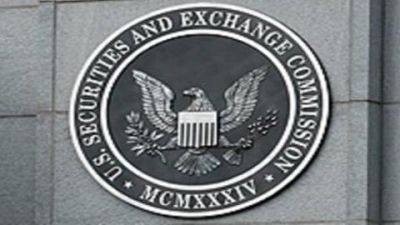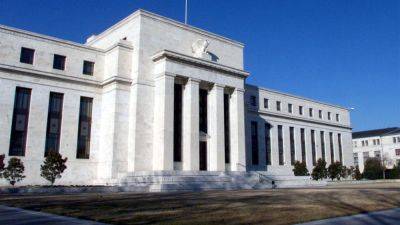Stablecoins pose lower risk than bank deposits, says ex-Fed policy analyst
Stablecoins cannot be compared to bank deposits in terms of risk, argues a new policy paper authored by former Federal Reserve Board analyst Brendan Malone on behalf of technology investment firm Paradigm.
The document explores the risks stablecoins pose to the financial system, noting that current legislative proposals in the United States could incorporate crypto payment instruments into existing banking and securities frameworks. Malone argues that the risks posed by stablecoins are lower than bank deposits and different from money market funds.
Stablecoins are cryptocurrencies programmed to have a stable value relative to a specific asset, generally a fiat currency like the U.S. dollar. A money market fund is a type of mutual fund that invests in short-term assets, cash, and cash equivalents with a lower level of risk than other mutual funds.
According to Malone, banks are exposed to so-called maturity transformation when they accept short-term deposits and use those funds to offer long-term loans that are not repaid for years. The maturity transformation creates a continuous risk for banks and requires permanent risk management.
A recent example of risks associated with maturity transformation is the collapse of Silicon Valley Bank in March. The U.S. bank reportedly had client deposits allocated to long-term assets and had to be shut down by regulators following a bank run.
As per Malone's view, stablecoins pegged to a fiat currency do not inherently pose similar risks because their reserve assets are usually backed by short-dated Treasuries and segregated from the issuer's assets. "Federal regulation implemented under new legislation can require specific safeguards. If so, then unlike bank deposits, there would be no
Read more on cointelegraph.com


















